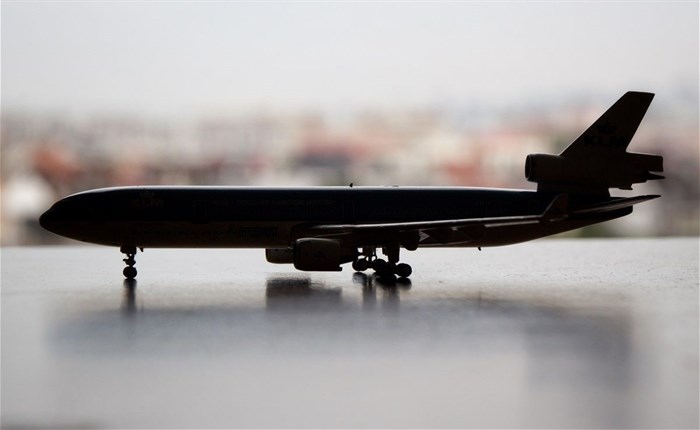The African aviation industry is still growing

According to Boeing's recent Market Outlook, 1190 new aircraft with an expected value of $170bn will be needed over the next 20 years. This bodes well for the continent despite the fact that there are aspects of Africa's aviation industry that are challenging. The overall state of air travel and aircraft finance on the continent remain positive, with many carriers managing to weather the political and economic storms of the past few years very well - despite the varying economic performances of the two biggest economies, South Africa and Nigeria.
In South Africa, despite the obvious challenge of an economy that is still largely spluttering along, the country continues to present its various domestic airlines with a fairly robust, well-functioning market.
This is particularly true for low-cost airlines which, contrary to what may have been expected given the difficult consumer environment, have enjoyed steady annual passenger growth of around 4%. While this is slightly lower than in previous years, it still represents a stable, growing market for local airlines, many of which are contributing to this trend by finding ways of enhancing efficiencies and reducing prices, and thereby consistently increasing their average loads per flight.
This combination of factors, and particularly the ability to maintain a load factor of well above 80%, is imperative for the long-term survival and growth of any airline.
Passenger, airline growth
Northwards in Africa, the passenger growth figures are even more pleasing, with an average annual increase in passenger demand of over 5.7% year-on-year for November 2018 and overall capacity growth of approximately 3.9%. This is a strong signal regarding the improving efficiency levels being achieved by many of the carriers on the continent, and it is supported by a 1.2% increase in the November year-on-year load factor on African routes, putting this important aviation industry health indicator at an average of 68.9%.
This is similar to the Middle East at 69.4% but still lagging the global load factor of 80%. It is an indication of the 2018 global economic environment together with the directional nature of air traffic to a number of prominent African destinations, which means that planes can still be fairly empty, in either direction, at times.
Against this difficult but steady growth backdrop, the fact that many parts of Africa are becoming increasingly appealing investment destinations, combined with the apparent uptick in commodity prices across many parts of the continent, mean that there are undoubtedly investment opportunities to be had in this market.
That said, there are also still quite a few challenges that the African aviation industry needs to overcome. For one, a number of airlines are still dealing with the problems associated with aging aircraft fleets, which can be off-putting for passengers and potential investors.
Carriers operating in Africa
Then there is the fact that a number of global carriers operating on African routes still have some excess capacity, often on more modern and attractive aircraft. As a result, African-based carriers are still only capturing around 20% of the total revenue being generated by the industry on the continent. Of course, while this is a challenge, it is obviously also a massive opportunity – one that several prominent and forward-thinking African airlines are proactively pursuing through aggressive investment and well-considered market share growth strategies.
But while these growth opportunities certainly exist, the ability of airlines to take advantage of them in isolation remains limited.
What is needed to maximise their ability to do so is a somewhat optimistic combination of growth-promoting components, not least of which are:
• Better access to robust capital structures;
• An improved ability to acquire loans in local currencies to avoid currency mismatches;
• Governments that better understand the role airlines play in economic growth and are willing to support them rather than interfere with them; and
• A commitment by all African aviation stakeholders to work together to foster better inter-country connectivity.
This combination of factors is no small task, but the good news is that it slowly seems to be happening in many parts of Africa. And as it does, it will bring with it a growing number of opportunities for investors to participate in, and benefit from this vital component of Africa’s sustainable economic growth.
These opportunities are already becoming more widely available. For instance, while the cost of funding remains a challenge, there are a number of airlines in Africa, and even South Africa, that are now highly bankable. In addition, more flight routes are opening within the continent and from Africa directly to international destinations.
As passengers on, and those flying into African countries are presented with more options, and more competitive prices, the growth rate of the entire industry could most certainly increase, thereby attracting investment, increasing access to capital and, ultimately, realising the full potential that exists for aviation to become the cornerstone it should be for Africa’s sustained economic growth.























